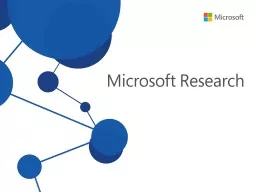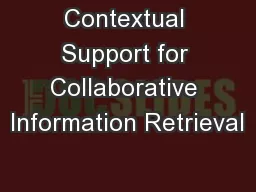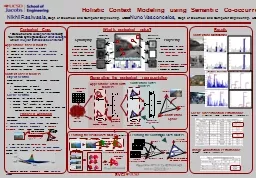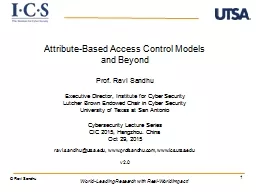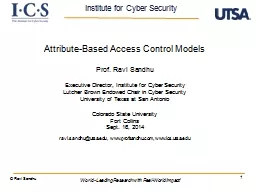PPT-Contextual, Flow-Based Access Control with
Author : ellena-manuel | Published Date : 2018-09-24
Scalable Hostbased SDN Techniques TaylorINFOCOM16 Taylor Curtis R Douglas C MacFarland Doran R Smestad and Craig A Shue Contextual FlowBased Access Control
Presentation Embed Code
Download Presentation
Download Presentation The PPT/PDF document "Contextual, Flow-Based Access Control wi..." is the property of its rightful owner. Permission is granted to download and print the materials on this website for personal, non-commercial use only, and to display it on your personal computer provided you do not modify the materials and that you retain all copyright notices contained in the materials. By downloading content from our website, you accept the terms of this agreement.
Contextual, Flow-Based Access Control with: Transcript
Download Rules Of Document
"Contextual, Flow-Based Access Control with"The content belongs to its owner. You may download and print it for personal use, without modification, and keep all copyright notices. By downloading, you agree to these terms.
Related Documents


